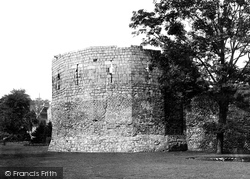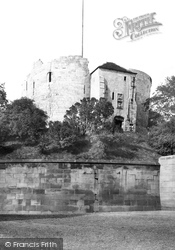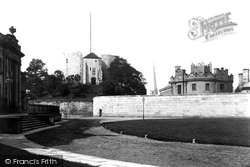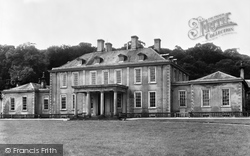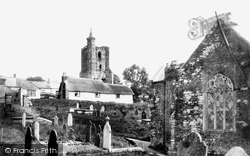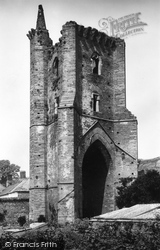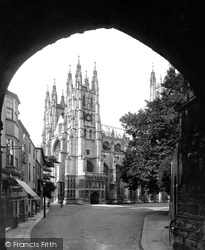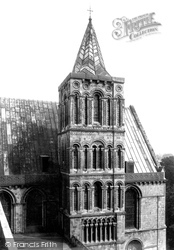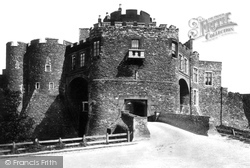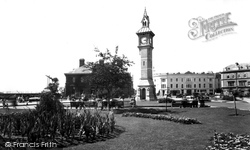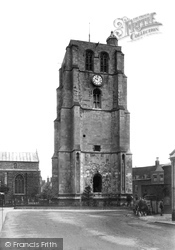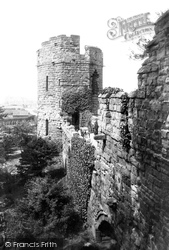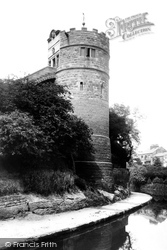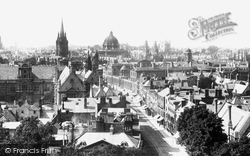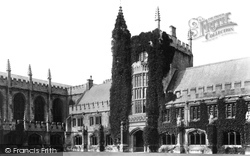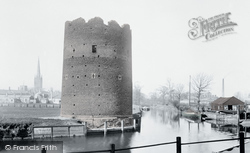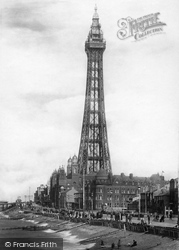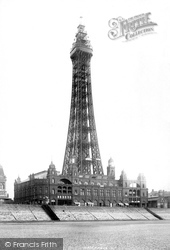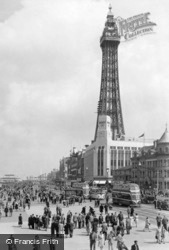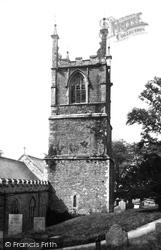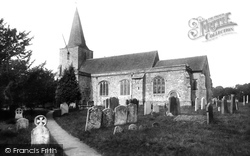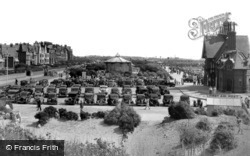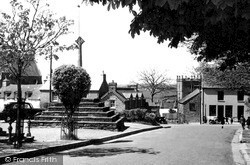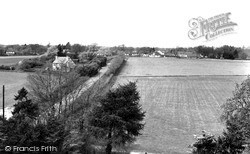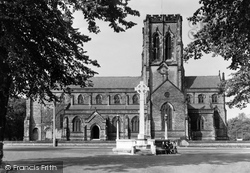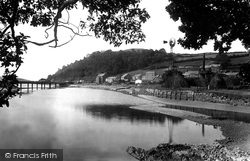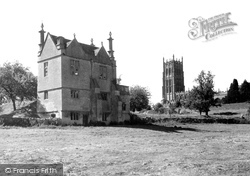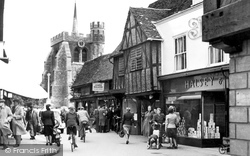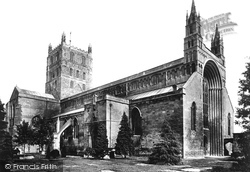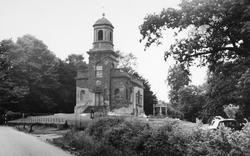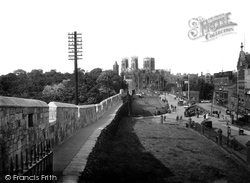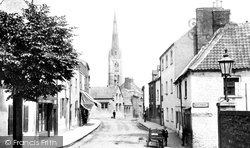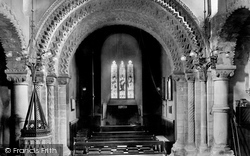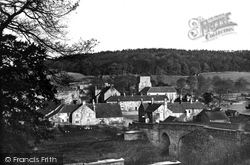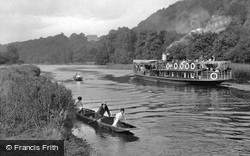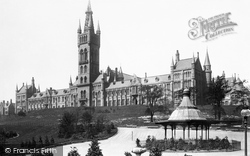Places
36 places found.
Those places high-lighted have photos. All locations may have maps, books and memories.
- Poplar, Middlesex
- Bow, Middlesex
- Bethnal Green, Middlesex
- Stepney, Middlesex
- Alton Towers, Staffordshire
- Isle of Dogs, Middlesex
- Limehouse, Middlesex
- Spitalfields, Middlesex
- Barjarg Tower, Dumfries and Galloway
- Bromley, Middlesex
- Stratford Marsh, Middlesex
- Tower Hill, Merseyside
- Tower Hill, Essex
- St George in the East, Middlesex
- Wapping, Middlesex
- Globe Town, Middlesex
- Old Ford, Middlesex
- Cubitt Town, Middlesex
- Tower Hill, Cheshire
- Tower Hill, Surrey
- Bow Common, Middlesex
- Mile End, Middlesex
- Millwall, Middlesex
- Ratcliff, Middlesex
- Warmley Tower, Avon
- Tower Hill, Hertfordshire
- Tower End, Norfolk
- Tower Hamlets, Kent
- Tower Hill, Devon
- Tower Hill, West Midlands
- Blackwall, Middlesex
- North Woolwich, Middlesex
- Hackney Wick, Middlesex
- Shadwell, Middlesex
- South Bromley, Middlesex
- Tower Hill, Sussex (near Horsham)
Photos
2,720 photos found. Showing results 1,981 to 2,000.
Maps
223 maps found.
Books
1 books found. Showing results 2,377 to 1.
Memories
637 memories found. Showing results 637 to 637.
Captions
3,036 captions found. Showing results 2,377 to 2,400.
Each of the four square corner towers is topped off with octagonal machicolated turrets, from which unpleasant things could be dropped upon the heads of unwelcome visitors.
It is situated in Britain's most haunted village, and the 'lady in white' has been seen at midnight throwing herself from the bell tower. Nearby is the 15th-century Black Horse Inn.
In the picture, though not clearly visible, is the statue of the lifeboatman, a towering figure, Lytham St Anne's lifeboat monument.
The early cross which gives the square its name is prominent here, but the top of the tower of St David's Cathedral can be seen beyond the buildings on the right.
This photograph was taken from the church tower looking north towards the main street. The post mill, which stood to the north of the cottage, was built in 1829 and demolished in 1912.
Originally there was a spire on top of that powerful tower, but this was removed in 1927.
To the north-west is the church of St George, rebuilt in 1970 with a concrete tower. The town is by-passed today, and the M27 is nearby.
The spire was removed in 1962 after being weakened first by an exploding mine out at sea, and then by a lightning strike, leaving only the square-topped tower that we can see today.
A windmill (right) towers above what appears to be two stacks of brushwood.
The 120-foot tower of St James' dominates this view from the south-east. The church is notable for its 15th- century frontals, which are said to be the earliest set in the country.
The war memorial commemorating the First World War fallen is visible by the church tower, but the adjacent wrought iron gate, railings and lantern have vanished, probably during the scrap metal drive
Its great Norman tower is 132 feet high and 46 feet square, and dates from 1150.
To the right is the tower of the chapel. Inside, every period of Haddon's long history is represented.
According to Nikolaus Pevsner, the original design was spoilt by the addition of an arched window to the west of the Venetian windows, and the small west tower.
The church was restored in 1854, though the tower itself dates from the 14th and 15th centuries.
The church was restored in 1854, though the tower itself dates from the 14th and 15th centuries.
To the rear of the photograph, on the right of the Minster, stands the smaller tower of St Wilfred's Church, which was built in 1864 and still stands.
To the rear of the photograph, on the right of the Minster, stands the smaller tower of St Wilfrid's Church, which was built in 1864 and still stands.
The name sign 'East Street' has been reused on a 1960s replacement for the buildings on the right, while beyond the Gothic-style school soars the 280 feet tower and spire of St Wulfram's.
The tower was rebuilt in the 17th century, apart from the arch into the nave we see in this view of the interior.
It is unusual in that it is an L-plan building incorporating the Abbey chancel, crossing and north transept with its 13th-century tower and 14th-century belfry.
Barry was also responsible for the Palace of Westminster; his son was the engineer who built Tower Bridge.
Built in1867, it has a square tower and a pyramidal spire.
Designed by Sir Gilbert Scott, the university building is dominated by its 200ft tower topped off with a 100ft spire.
Places (38)
Photos (2720)
Memories (637)
Books (1)
Maps (223)


